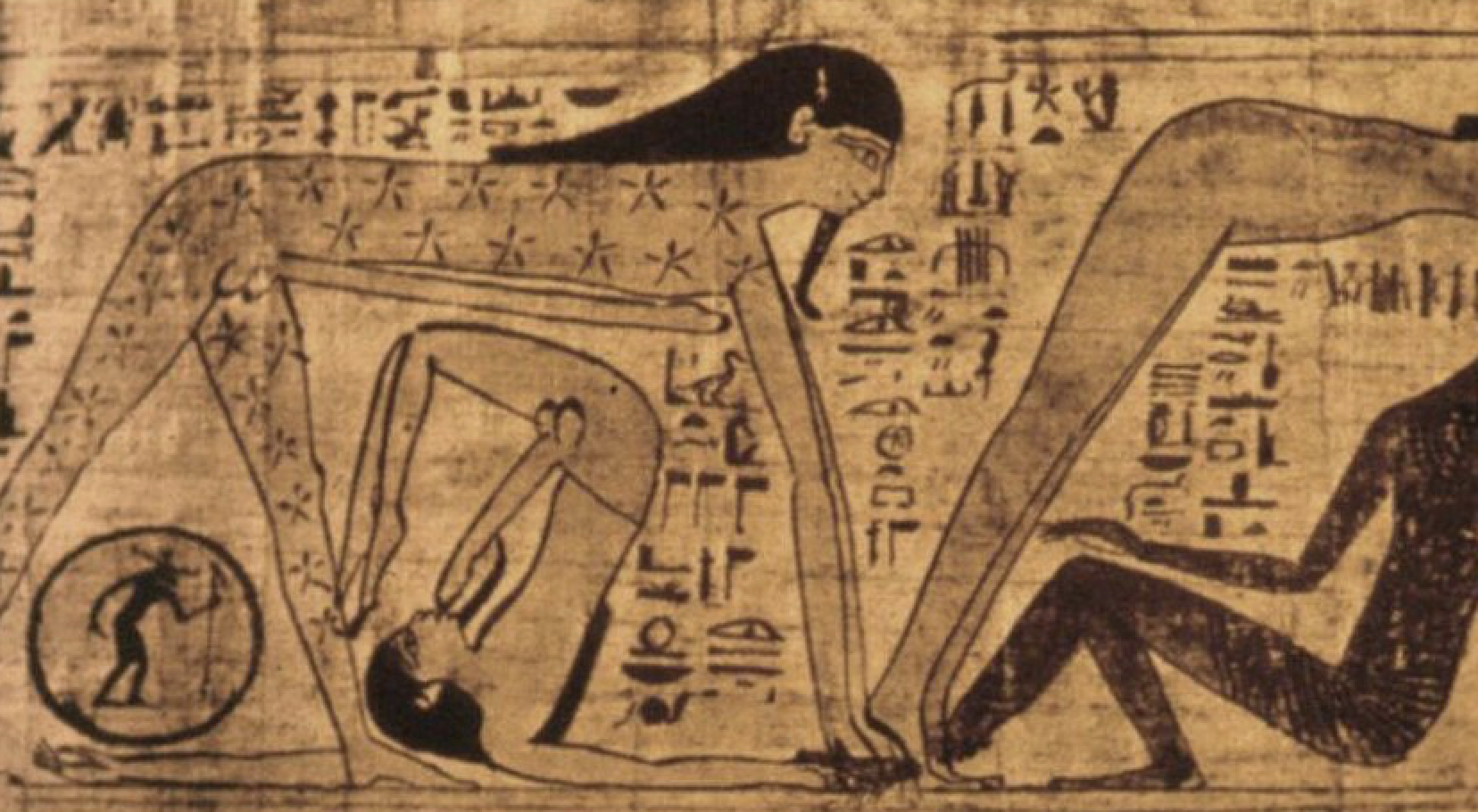Prostitution, curses and dangerous sex change operations are a way of life for this marginalized community.
A group of hijras, India’s legally recognized third sex, in Bangladesh
With Caitlyn Jenner and bathroom debates making front-page news, trans people are now part of the American consciousness. And yet most of the world doesn’t know about the hijra, India’s transsexuals, who are officially recognized as a third sex in a country where homosexuality is illegal.
For many gay Indian men, they have two choices. They can ignore their homosexuality and live in repression, get married to a woman and try to raise a family. Or they could undergo a castration to live their life as a transsexual woman in the hijra community.
“A very tight cord is wrapped around your penis and balls so you cannot pass urine. You become bloated, like you’re pregnant. You’re in a lot of pain. ”
In India, the latter is often the most appealing option.
“The way it works in this culture is it’s more socially acceptable to dress up in a sari and pretend you’re a woman than it is to be a man who likes other men,” said my friend George, who lived in Vadodara, India for the past couple of years before he fell off his roof and died late last year.
There’s not a lot of information out there about hijras. Their customs are shrouded in mystery. Here are some surprising facts about this little-known subset of Indian society. Granted, this isn’t the most flattering portrait of a trans group, and there are exceptions to every generalization — but it’s a tough life for hijras and their reality doesn’t paint the prettiest of pictures.
Many think it’s easier to live life as a trans woman than as a gay man in India
Hijras have the ability to bless — or curse.
If you’re about to be married or have recently given birth to a son, watch out. The hijras in your neighborhood will appear outside your home one day, singing, dancing and doing their signature clap, touching the base of the palms together in a dramatic flourish.
When money doesn’t come quickly enough, hijras lift their dresses to flash their often-mutilated genitalia.This is seen as the ultimate proof of their hijrahood.
Some refer to these actions as begging or bestowing a blessing — but just as many Indians think of it as a curse or, at the very least, a major societal embarrassment, wanting the hijras to leave as quickly as possible.
In this manner, a group of hijras can collect alms that total 2,000 rupees a day, according to George — and that’s a substantial sum. The hijras split the earnings among their group — but it still ends up much more than the typical Indian’s 180-rupee-a-day salary (the equivalent of $2).
“One of the hijra houses we went to had business cards,” said George, who hosted a British student writing her dissertation on this trans community, sitting in on many of her research interviews. “They go to the hospital and bribe the nurses to give them the addresses of homes where there has been a boy born recently.”
The hijra are most commonly found begging on trains, though, George said.
Once revered, hijras are now feared.
“Their communities across Southeast Asia date back more than 4,000 years, and they appear in ancient texts as bearers of luck and fertility,” according to the U.K.’s Daily Mail. There are mentions of hijra in the sexual position guide the Kama Sutra as well as the Hindu epic Mahabharata.
And while Muslims tend to be traditionalists in terms of gender roles as well, they also have a longstanding tradition of holding eunuchs in the highest regard. In ancient times, Mughal rulers had eunuchs guard their most prized and holy objects as well as serve as advisors. Eunuchs were seen as pure, uncorrupted; they had sexual temptation removed from the equation.
Today, though, hijras face discrimination and outright abuse.
“If you were to ask a middle-class or upper-class boy what they think about hijras, they’ll tell you they’re scared of them,” George told us. “Because they remember being that little boy and being exposed. It’s kind of an evil Santa Claus. You see this clown-looking thing in a sari flashing your parents. And they won’t go away until you give them money.”
When George invited hijras to a party he hosted, many of the guests promptly left, asking how he could associate with such “filthy, diseased, lower-class” scum.
The sex-change surgeries are barbaric.
Most castrations (known as “nirvan,” which is awfully close to “nirvana”) aren’t performed in hospitals. It’s part of a 40-day ritual of self-emasculation, according to the Daily Mail.
The surgery is, essentially, a rebirth. It happens in the morning, with the rising of the sun.
A very tight cord is wrapped around your penis and balls so you cannot pass urine. You become bloated, like you’re pregnant. You’re in a lot of pain.
The village midwife then comes in with a knife. “She takes a swipe up and a swipe down. No anesthesia,” George said, though there are stories of hijras being dosed with opium first.
As the blood and urine come gushing out, “it’s supposed to be your male essence is leaving your body,” George told us.
The hijra is supposedly presented with her castrated parts, which she buries next to a tree as a sacrifice.
“After the castration, you cannot work for almost one and a half months,” a hijra named Abhina Aher told NPR. “It was not an easy task — it was a journey of pain.”
You can get the operation done in a hospital — if you can bribe a doctor willing to take the risk — though it doesn’t sound much more safe.
“It happens in a dingy room, a 10-by-10 probably,” Aher said, describing her procedure. “Immediately after the castration, two hours, the hijra is asked to leave that place, because it is illegal. The operations are normally done by quacks, and a lot of hijras die because of that.”
Hijra prostitutes sell their services for the equivalent of about 50 cents (not that that’s what these two are!)
Many hijras get involved in sex work. Sometimes during traffic jams.
Prostitution “is a given” for hijras, according to George.
Hijra sex workers sell themselves for 300 rupees, which translates to about 50 cents, he told us.
They often take advantage of situations that present themselves. “If you’re in a traffic jam anywhere in India, look out the window and you’ll see all the trucks are stopped and can’t go anywhere,” George said. “The hijras come running onto the freeway. They go inside those cabins — five minutes later they’re leaving and going into another truck. They’re going from cabin to cabin to cabin to get 30 rupees, 30 rupees, 30 rupees. They know these are horny truckers who have been on the road for months without their wives, and a real woman prostitute can cost 200 to 500 rupees. And here’s a hijra for 30 rupees. Which one are you gonna take?” he asked.
Becoming a hijra is seen as one of the only options for young, desperate gays.
Hijras live in communal houses, where a mother figure, or guru, runs the show, taking care of her chelas, or daughters.
“First, hijras make a pledge to hand over all earnings to the guru, who in exchange supports them inside what is effectively an alternative home, as most hijras are runaways or evicted by their families,” NPR reports.
For many in this ostracized population, these homes are a haven. But they can also be the only option for young gay boys kicked out of their homes.
“Hijras pick them up off the street and say, ‘Come and live with us,’” George explained. “And they start off by feeding you — recruiting you, basically. Then they start dressing you in a sari and selling you to clients.”
The hijra have turf wars — and bizarre ways of insulting each other.
“I can sum up the hijra in three words,” George told us. “Gangs wearing saris.”
Each house has its own territory. And if you intrude on their turf, there are gang wars. Guns aren’t the weapon of choice, though. They’ll flash their genitals, pull hair, and beat each other with sticks or their sandals, which is the ultimate insult since the feet are considered the dirtiest part of the body.
George heard tales of hijras being hanged or doused with gasoline and lit afire.
And those who pretend to be hijras as a means to earn money will be badly beaten by genuine hijras if found out.
The patron goddess of hijras, Bahuchara Mata, rides around on a giant rooster and cursed a bandit with impotence
Hijras worship a goddess who cut off her breasts and rides around on a rooster.
Bahuchara Mata was traveling with her sisters in a caravan, when they were raided by a bandit named Bapiya. Part of a warrior caste that promoted suicide over death at the hands of an enemy, Bahuchara decided instead to cut off her breasts. As the source of a mother’s life-sustaining milk, breasts represent womanhood in India.
She then cursed the bandit with impotence — a horrific punishment in a culture that puts so much importance in carrying on the family name. The only way Bapiya could overcome this hex was to pay homage to Bahuchara Mata by dressing and behaving like a woman.
Bahuchara has become the patron goddess of hijras and is depicted as riding atop a rooster, a symbol of innocence.
Keep in mind that not all transgendered people in India are part of the hijra community, and that not all hijras fall under these general attributes. But those that do resort to prostitution, intimidation and crassness do so because they have no other options in a paradoxical society that recognizes their legal status but discriminates against them. –Wally


























